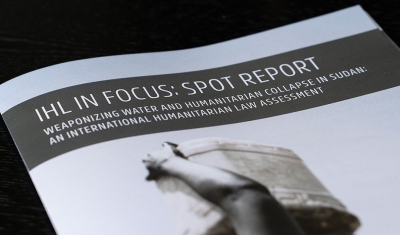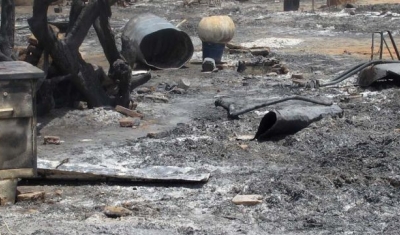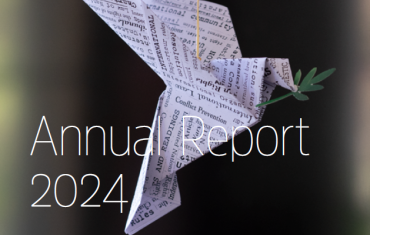Armed Conflicts in Ukraine: Updates on our RULAC Online Portal


Geneva Academy
23 July 2020
Our Rule of Law in Armed Conflict (RULAC) online portal monitors the three armed conflicts that are currently taking place in Ukraine, namely the non-international armed conflict (NIAC) between Ukraine and two separatist groups in eastern Ukraine; the international armed conflict (IAC) between Ukraine and the Russian Federation; and the military occupation of Crimea by the Russian Federation.
For each conflict, RULAC provides information about its classification, parties and applicable international law. Each conflict has been updated to include recent developments, which do not affect our current classification.
NIAC in Eastern Ukraine: Changes in the Organization of the Two Separatist Groups and the Question of Russia’s Control
Since the beginning of this conflict six years ago, the organization of the Donetsk and Luhansk People’s Republics evolved. Updates notably provide an analysis of this evolution and discuss the question of Russia’s overall control over these armed groups, which, if confirmed, would turn this NIAC into an IAC.
‘While evidence suggests that Russia is training and equipping these armed groups and providing them with weapons, information at our disposal does not allow us to conclude with a degree of certainty that Russia exercises overall control over them by coordinating or helping in the general planning of their military operations’ explains Professor Marco Sassòli, Director of the Geneva Academy.
A case filed by Ukraine against Russia before the International Court of Justice (ICJ) over Moscow's alleged support of pro-Russian separatists could lead to a different assessment of this question. The ICJ affirmed, back in November 2019, that it has jurisdiction on this case.
IAC: The Kerch Strait Incident
Updates on this armed conflict analyse the Kerch Strait incident, where three Ukrainian Navy vessels were fired upon and then captured by the Russian Federal Security Service (FSB) when they attempted to pass from the Black Sea into the Sea of Azov heading towards the port of Mariupol. 24 Ukrainians were also captured and sent to prison to Moscow.
The three-vessel are still in the hands of Russia, while the 24 Ukrainian sailors were released in Russia-Ukraine prisoner exchange back in September 2019.
The Military Occupation of Crimea
Since March 2014, Russia has been occupying part of Ukrainian territory, the Autonomous Republic of Crimea and the city of Sevastopol.
‘The alleged consent for a Russian intervention, based on a request by ousted President Yanukovych, does not affect the classification of the situation as a military occupation. Similarly, the Crimean referendum of 16 March 2014 to join Russia does not alter the status of Crimea as occupied territory’ underlines Professor Marco Sassòli.
This entry has been updated with a section on views of parties to the conflict and other actors.








